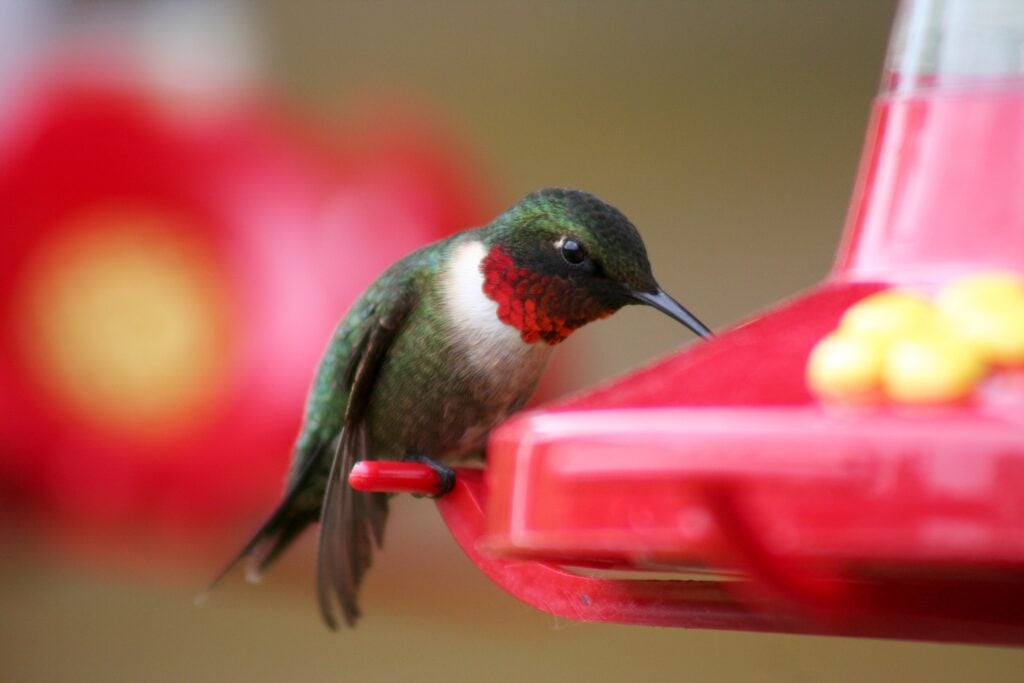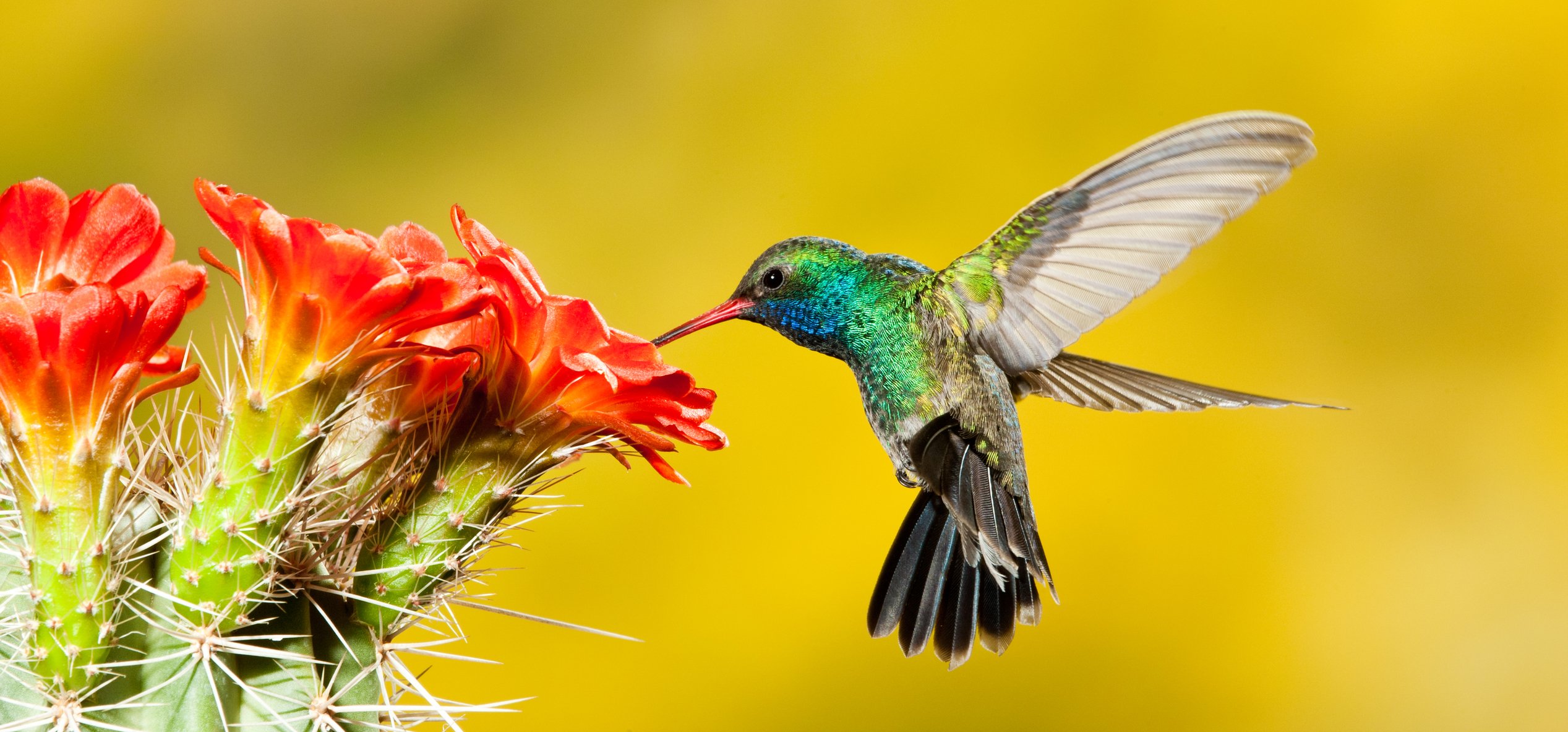Each spring, like clockwork, ruby-throated hummingbirds return to New Jersey after a long migration from Central America. Their arrival is a joyful sign that warmer days are here, and for bird lovers across the state, it’s time to roll out the welcome mat—feathers and all.
If you’ve been keeping an eye out for that familiar blur of wings, you’re not alone. Hummingbirds typically arrive in New Jersey by late April, drawn to blooming flowers and backyards that provide safe feeding spots. Whether you’re a seasoned hummingbird host or just getting started, here are a few important tips to keep your yard both inviting and safe.
Clean feeders regularly

A hummingbird feeder isn’t “set it and forget it.” Sugar water can ferment or grow harmful mold quickly, especially in warmer weather. Be sure to rinse feeders with hot water and clean them thoroughly every two to three days—more often in the heat—to prevent illness in these tiny visitors. Never use soap, which can leave a residue; vinegar and hot water work best.
Avoid red dyes in nectar
Hummingbirds are attracted to red, which is why so many feeders use the color. But adding red food dye to sugar water is unnecessary and potentially harmful. Instead, fill your feeder with a simple homemade recipe: one part white sugar to four parts water. That’s it. Boil the water to dissolve the sugar fully, let it cool, and store any extra in the fridge.
Choose a safe, sheltered location
Hang feeders in quiet, shaded spots where hummingbirds can feed without stress. Avoid placing them near windows where birds could accidentally fly into the glass. If your yard attracts predators like cats, be sure feeders are high enough and far from spots where a cat could pounce.
Go beyond feeders with flowers and native plants
Feeders are great, but hummingbirds thrive in gardens filled with native nectar-rich flowers. Red and tubular blooms like bee balm, columbine, salvia, and trumpet vine are hummingbird favorites. Plus, native plants support insect life, another essential part of a hummingbird’s diet.
Create a habitat, not just a pit stop
The goal is to make your space more than a snack bar. Add perching branches, shallow water features, and areas with native shrubs for resting and nesting. Hummingbirds are more likely to return—and bring friends—when they find a peaceful, resource-rich environment.
